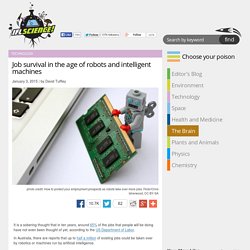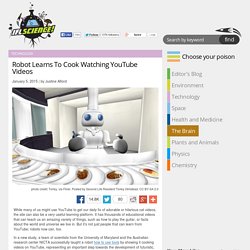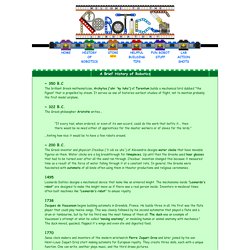

Job survival in the age of robots and intelligent machines. It is a sobering thought that in ten years, around 65% of the jobs that people will be doing have not even been thought of yet, according to the US Department of Labor.

In Australia, there are reports that up to half a million of existing jobs could be taken over by robotics or machines run by artificial intelligence. So with smarter computers taking on more of the work that people currently do, we are left to wonder what jobs there might be left for us humans. Could a robot do your job? Almost any job that can be described as a “process” could be done by a computer, whether that computer is housed in a robot or embedded somewhere out of sight. Robots have already taken over many jobs – here 1,100 robots in a new car manufacturing plant in the US. So if intelligent machines can take over many of the jobs of today, what can you do to ensure your job prospects in the future? Some jobs will always be done by people. Thinking skills for future workers Mastering the new media Virtual environments. Robot Learns To Cook Watching YouTube Videos. While many of us might use YouTube to get our daily fix of adorable or hilarious cat videos, the site can also be a very useful learning platform.

It has thousands of educational videos that can teach us an amazing variety of things, such as how to play the guitar, or facts about the world and universe we live in. But it’s not just people that can learn from YouTube; robots now can, too. In a new study, a team of scientists from the University of Maryland and the Australian research center NICTA successfully taught a robot how to use tools by showing it cooking videos on YouTube, representing an important step towards the development of futuristic, self-learning helper robots. The published work will be presented soon at the Association for the Advancement of Artificial Intelligence’s 29th annual conference. The researchers used a pair of CNNs in their system that performed different roles. [via AAAI, Venture Beat, RT, Science Alert, Gizmag and Tech Times] Amber Case: We are all cyborgs now.
Cyborgenic Reengineering the Human Body. Ken Goldberg: 4 lessons from robots about being human. Cynthia Breazeal: The rise of personal robots. Why Asimov's Three Laws Of Robotics Can't Protect Us. MegaGiant Robotics. ~ 350 B.C The brilliant Greek mathematician, Archytas ('ahr 'ky tuhs') of Tarentum builds a mechanical bird dubbed "the Pigeon" that is propelled by steam.

It serves as one of histories earliest studies of flight, not to mention probably the first model airplane. ~ 322 B.C. The Greek philosopher Aristotle writes... “If every tool, when ordered, or even of its own accord, could do the work that befits it... then there would be no need either of apprentices for the master workers or of slaves for the lords.” ...hinting how nice it would be to have a few robots around. ~ 200 B.C. 1495 Leonardo DaVinci designs a mechanical device that looks like an armored knight. 1738 Jacques de Vaucanson begins building automata in Grenoble, France. 1770 Swiss clock makers and inventors of the modern wristwatch Pierre Jaquet-Droz and later joined by his son Henri-Louis Jaquet-Droz start making automata for European royalty. 1801 Joseph Jacquard builds an automated loom that is controlled with punched cards.
A Brief History of Robotics. Inside the Japanese Hotel Staffed by Robots.